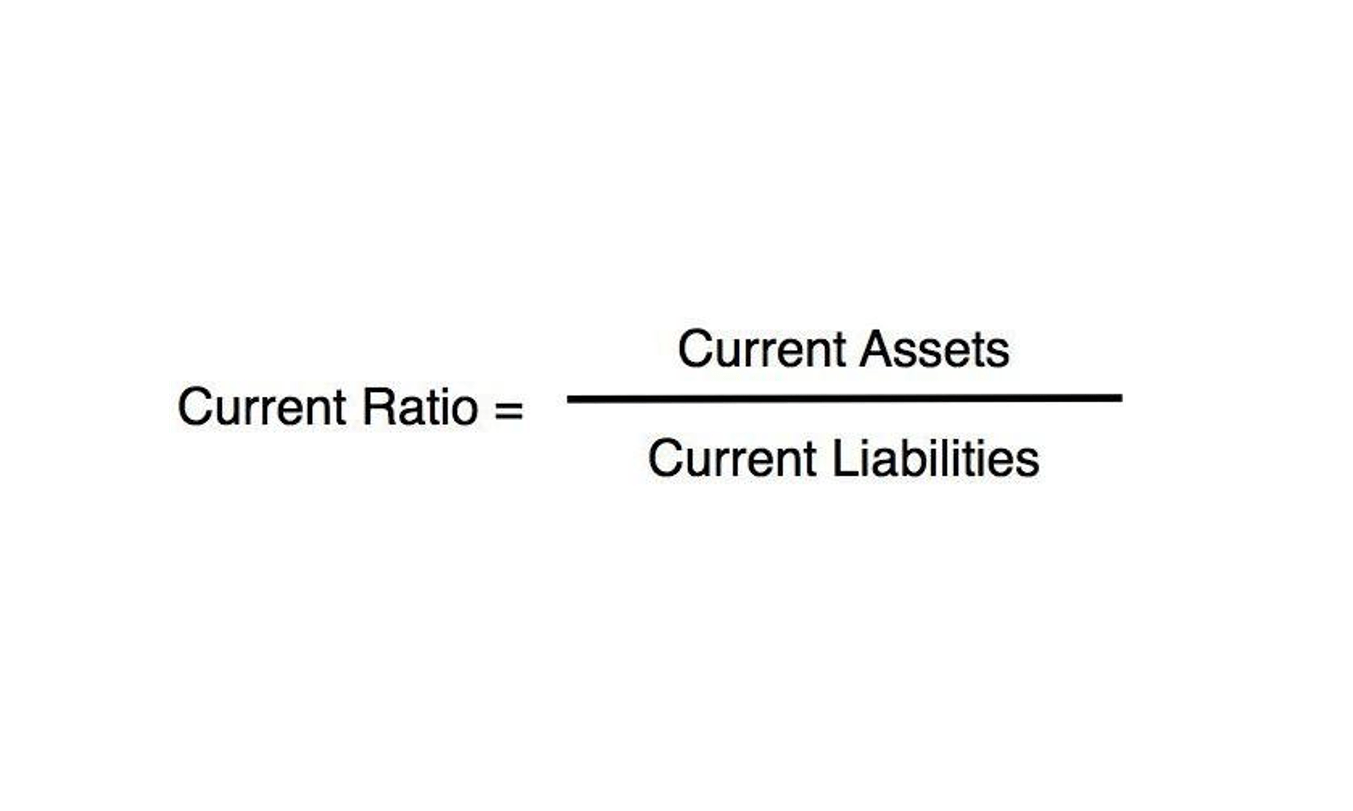
FOB shipping point defines a clear division of costs between the seller and the buyer. Chartered accountant Michael Brown is the founder and CEO of Double Entry Bookkeeping. He has worked as an accountant and consultant for more than 25 years and has built financial models for all types of industries.

How FOB Affects Shipping Costs and Responsibilities
The critical juncture in any FOB agreement is often the shipping point—whether it’s a loading dock, shipping port, or any originating port. When a seller records that goods have been safely loaded onto a shipping vessel, FOB terms like “FOB Origin” or “FOB Shipping Point” indicate that the buyer is now responsible for all shipping costs and risks. If the terms include the phrase “FOB Origin, freight collect,” the buyer handles freight charges. If the terms include “FOB Origin, freight prepaid,” the buyer assumes responsibility for goods at the point of origin, but the seller pays the cost of shipping. Whichever party pays for shipping will have to enter those costs in the ledger too.
What is FOB Destination? Meaning, Terms, Who Pays?
Understanding the accounting implications of Free On Board (FOB) terms is vital for businesses engaged in international trade. For international shipping to go smoothly and effectively, it is essential that you understand the primary responsibilities outlined in FOB shipping point agreements. FOT (Free on Truck) is a term referring to cargo being carried by truck and can be used when shipping goods by truck. FOB (Free on Board) is an Incoterm® referring to cargo carried via sea or inland waterway. Our Q & A section includes a worked example of FOB shipping point freight prepaid. Having decided that the terms of the contract are FOB, it is now necessary to choose the point at which responsibility passes from the seller to the buyer.

Pros and Cons of FOB Destination

Therefore, explicit agreement on insurance details is essential for a well-defined and secure global trade transaction under FOB terms. Officially FOB cannot be used for air freight, it is restricted to transit by sea or inland waterways. In FOB, the custom clearance responsibility for the seller involves export proceedings from the place of origin to the delivery harbor. And since the obligation of the seller is only till the port, the export customs is the seller’s outlook. They’ll be the one carrying out export custom procedures and bearing all the related charges.
FOB shipping point vs. FOB destination
- It requires the supplier to pay for the delivery of your goods up until the named port of shipment, but not for getting the goods aboard the ship.
- With FOB destination, the seller is held responsible for the items until they reach the customer.
- Likewise, the buyer won’t officially add the goods to its inventory until they arrive and are inspected.
- The FOB point can either be the buyers destination, or the place from which the goods are shipped – the shipping point.
- Advantages of FOB Origin include more control over shipment details, while FOB Destination offers reduced risk during transit due to seller responsibility.
- The transfer of title may occur at a different time (or event) than the FOB shipping term.
The most common international trade terms are Incoterms, which the International Chamber of Commerce publishes, though firms that ship goods within the U.S. must adhere to the Uniform Commercial Code. If you’re ordering many products from a single seller, you may have more leverage to negotiate FOB destination terms, as the cost of shipping per unit will likely be lower for the seller. DDP means “delivered duty paid.” Under this Incoterm rule, the seller agrees to deliver goods to the buyer, paying for all shipping, export, and import duties and taxes. DAP, or “delivered-at-place,” says a seller agrees to be responsible for transporting goods to a location stated in the sales contract.

FOB shipping point is a further limitation or condition to FOB, as responsibility changes hands at the seller’s shipping dock. FOB shipping point and FOB destination indicate the point at which the title of goods transfers from the fob point meaning seller to the buyer. The distinction is important in specifying who is liable for goods lost or damaged during shipping. The primary difference between the two contracts is in the timing of the transfer of the title for the goods.
Additionally, FOB Shipping Point may not be feasible if the buyer is located far from the seller, as transportation costs can quickly add up. Under FOB destination terms, the buyer takes ownership of the goods at its own receiving dock. In reality, the shipper will probably record a sale as soon as merchandise leaves its shipping dock, irrespective of the terms of delivery. Under FOB destination, freight prepaid and added terms, the seller pays the freight charges but bills them to the customer. FOB freight collect and allowed specifies that the buyer must pay the freight transportation costs but the buyer deducts this cost from the seller’s invoice.
The “and allowed” phrase indicates that the seller adds shipping costs to the invoice, and the buyer agrees to pay, even if the seller manages the shipment. The buyer pays for the shipment, but the seller remains responsible for the goods until delivery. Beyond the fundamental concepts of FOB shipping point and FOB destination, there are several specific FOB terms that businesses may encounter in their shipping agreement. Choosing FOB (Free On Board) shipping point as the basis for international shipping agreements offers several advantages for both buyers and sellers. Clearly defining the FOB shipping point in the sales contract removes ambiguity about when ownership and risk transfer. This enables a smooth handover between seller and buyer at the point of shipment origin.
Buyer’s Inventory Cost: Who Pays Shipping Costs?
- It is an international trade term indicating the starting point at which responsibility and ownership for goods move from the seller to the buyer during shipment.
- If you are shipping a full container load (FCL), the truck will carry the container to the seller’s warehouse, and the seller will load the cargo directly into the container.
- As a buyer or a seller whether CIF or FOB is better, depends on the cost you will incur for conducting the shipping process.
- FOB terms are the linchpin in determining who bears the shipping costs and responsibilities in a transaction.
- Sometimes FOB is used in sales to retain commission by the outside sales representative.
- In FOB terms, liability shifts from the seller to the buyer once the goods are loaded onto the vessel.
FOB Origin signifies that title transfer and risk assumption occur when goods are loaded onto the carrier. When FOB Origin is established, the buyer controls the goods at the seller’s location. This https://www.bookstime.com/ shift entails risks during transportation, with any damages or losses becoming the buyer’s liability. Consequently, understanding this aspect is vital to manage potential risks effectively.

